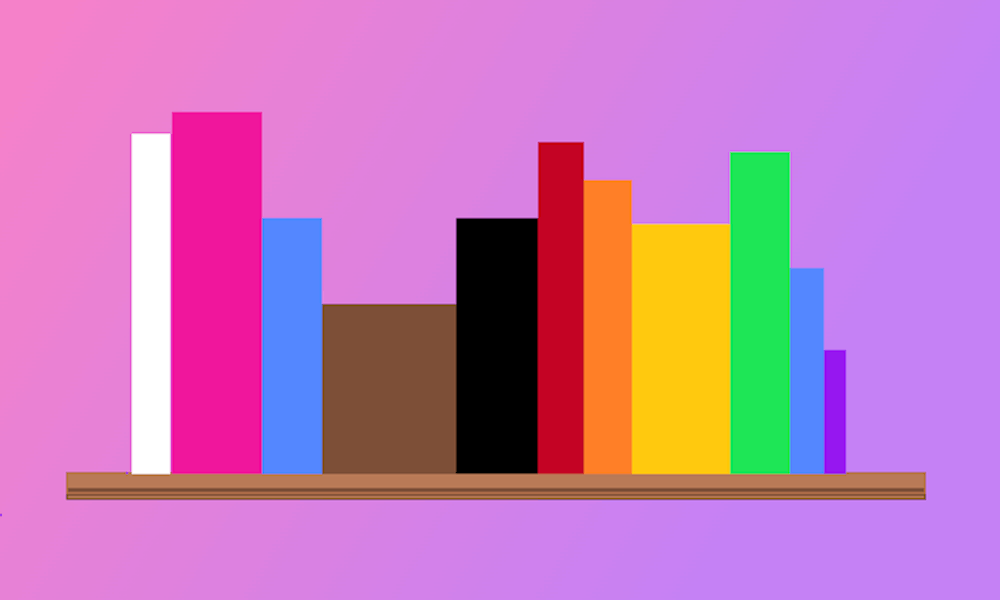From Oscar Wilde’s trial to the discourse surrounding Virginia Woolf’s affair with Vita Sackville-West, conversations about sexuality have been linked to many literary greats. But beyond the sexuality of individual authors, queerness has played a deeper and often less recognized role in shaping the literary canon, according to scholars on the academic field who spoke to The Herald.
Queer theory, an academic and literary field, is based on examining texts from the perspective of how they interact with notions of gender and sexuality. The field looks at identity on a spectrum rather than as binaries.
While queerness is often used to refer to all individuals who are sexual or gender minorities, it can also be understood as a framework of “non-normativity” which challenges social categories, said Lynne Joyrich, professor of modern culture and media.
Sexuality “renders problematic and complicated” preexisting notions of identity, added Professor of English Jacques Khalip, who has written on queer theory.
Through queer theory, readers can “broaden our understanding of the traditional canon” by looking at the “in-between spaces” of texts which challenge heteronormativity when not overlooked, he added.
Khalip pointed to an essay entitled “Jane Austen and the Masturbating Girl” by Eve Kosofsky Sedgwick, a pioneer in queer theory, as an example of uncovering homoeroticism and sexual complexity in the parts of a text previously seen as catering to heteronormative standards.
Queerness has similarly always been present in television culture, Joyrich said, though “depending on your perspective as a viewer, you thought about it or didn’t,” pointing to the American sitcom “I Love Lucy” as an example. “Even though I wouldn’t say (best friends Lucy and Ethel) were lesbians, the viewing pleasure in the text was in watching the women’s pleasure in each other,” she said.
Recently, queerness has been highlighted more explicitly in media. For instance, where Emily Dickinson’s poetry was limited to subliminal homoeroticism, writer Adrienne Rich included overt descriptions of physical and emotional intimacy with her female lover in the collection “Twenty-One Love Poems” a century later.
In recent times, explicitly queer media featuring openly LGBTQ characters has become increasingly mainstream — including in films such as “Call Me By Your Name” and shows “Sex Education” and “Schitt’s Creek.”
While the increase in representation of queerness in today’s media might seem like substantial progress, it is more complicated, Khalip said.
“Many scholars have challenged developmental models of reading that assume that what was opaque now becomes very legible,” Khalip added. “It’s kind of like a rescue model.”
Certain texts from the past handled queerness without explicitly describing it, which is no longer so common, he said. “But I think we also have to be careful not to subscribe to the idea that our present moment is one where we can stand back and presume that we now see everything very clearly.”
In reality, we might not be able to see things that were visible in the past, Khalip added.
Joyrich also called into question the validity of equating visibility with progress.
“Sometimes visibility can be a sword that cuts both ways — sometimes it means people are made into spectacles, people are objectified or turned into scandals,” she said.
“This notion that we are always on a line of progress is absolutely not true,” Joyrich said.
In terms of LGBTQ programs for this Pride Month, Joyrich recommends the television shows “Work in Progress,” “Killing Eve,” “Vida” and “I May Destroy You.”
Dixa Ramírez-D'Oleo, associate professor of English, noted that her research is not in queer theory, but that “Lote” by Shola von Reinhold is an LGBTQ text she would recommend this Pride Month. Written by a queer Afro-Scottish author, the book is “one of the best novels out there, about anything,” she emphasized in an email to The Herald.
While noting that it is hard to define “queer literature and media,” Khalip said that the poetry of Hart Crane is one of his favorite contributions to the field, although he added an ordinary reader might not interpret the text explicitly as homoerotic. “He was an early 20th-century American poet who was openly queer at a time when it was impossible,” Khalip explained.





